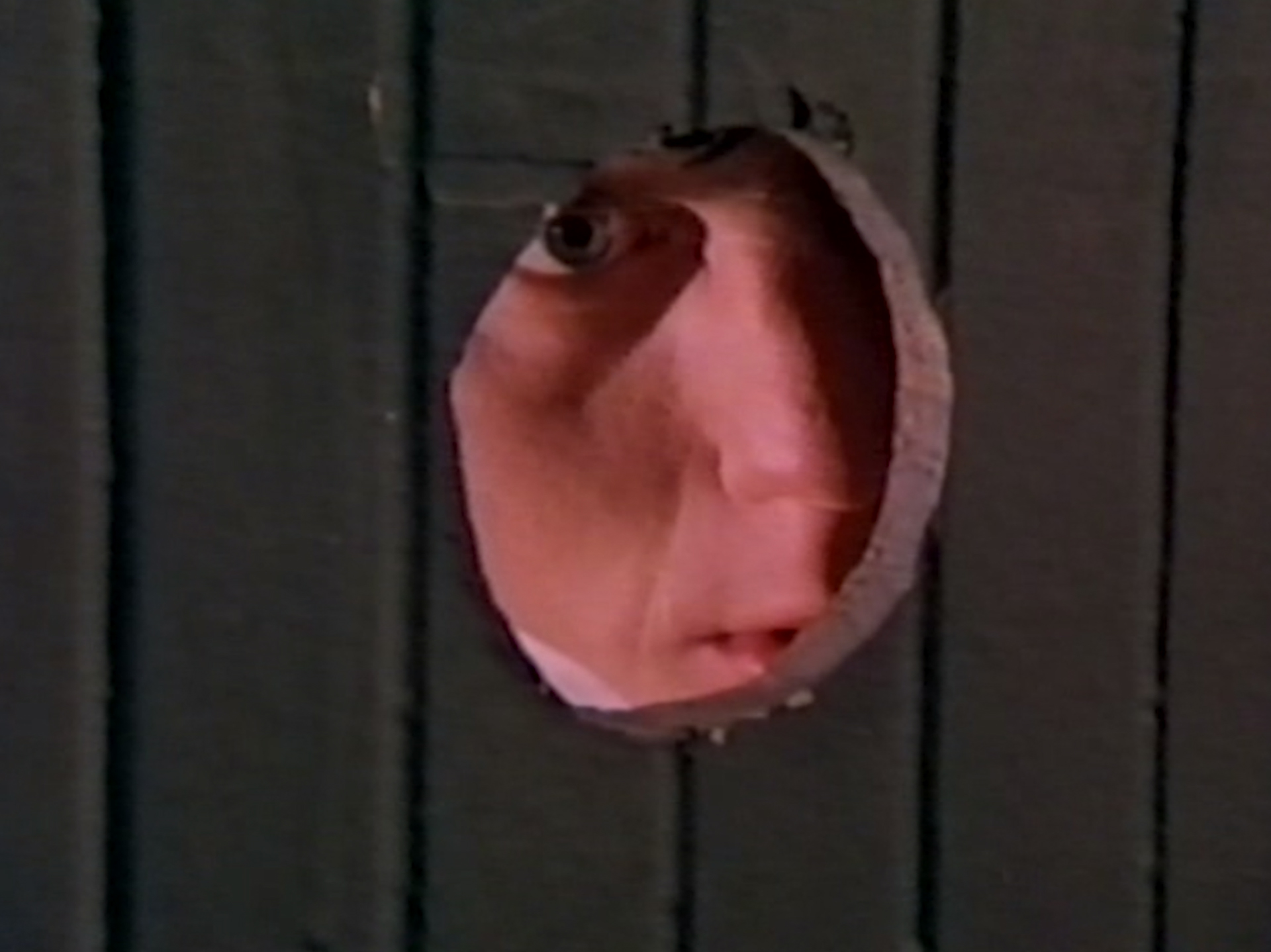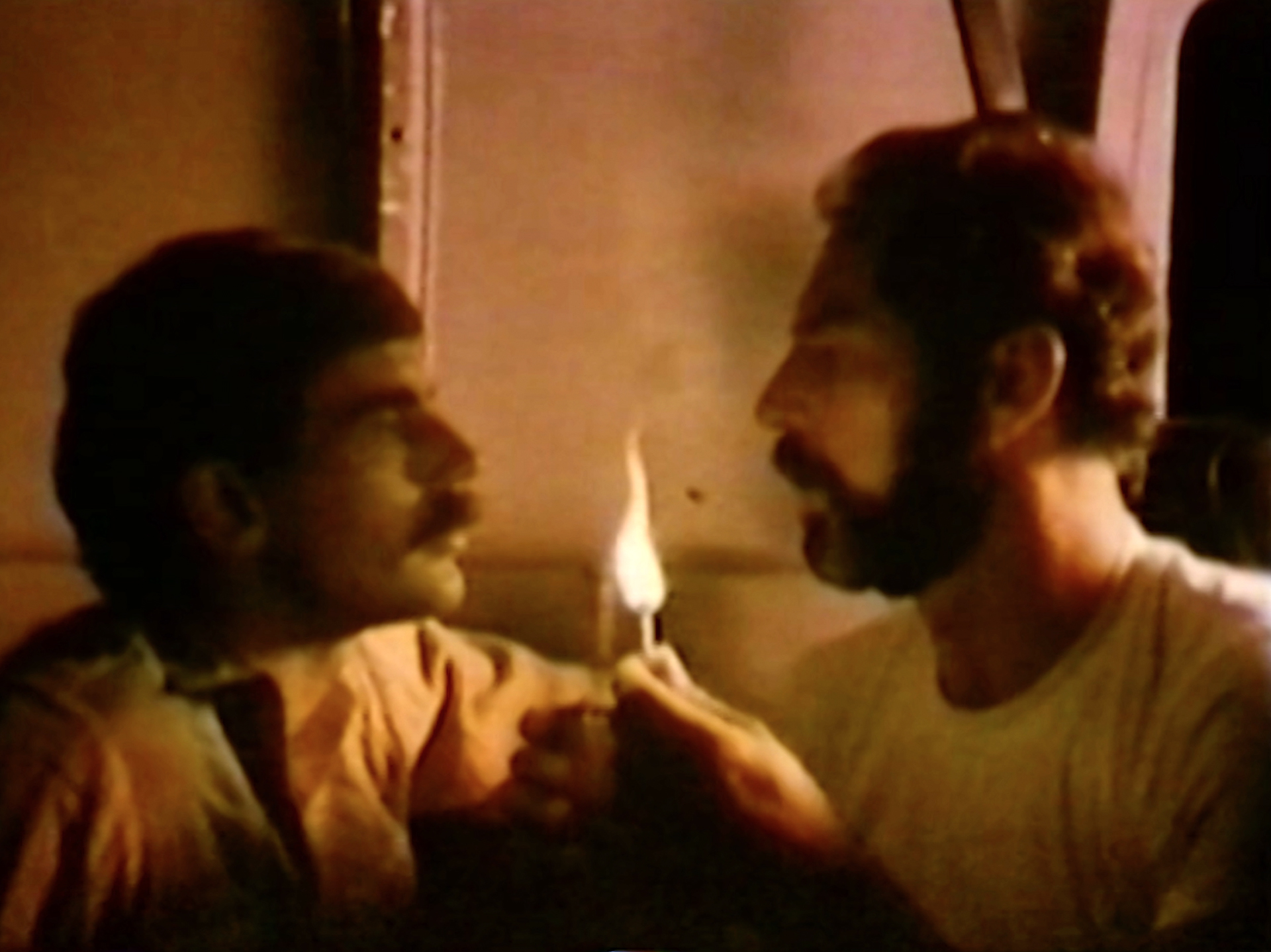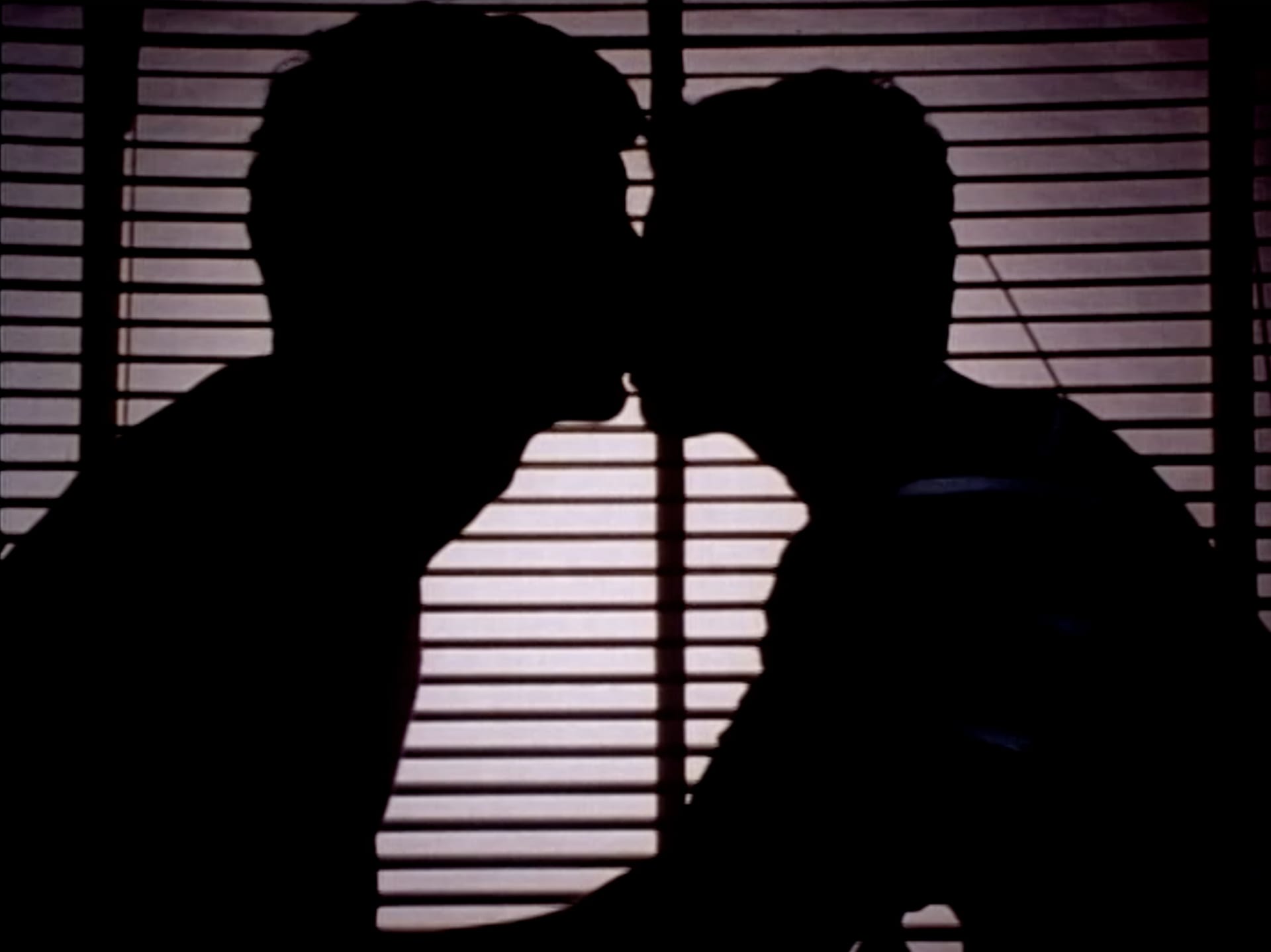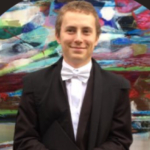In the beginning, there was a question mark. Film historian, documentarian and now podcast host Evan Purchell didn’t know what forms his deep dive into the history of gay porn would take. First an Instagram feed, then a documentary and finally a podcast, Ask Any Buddy has existed in numerous mediums.
More than just the act of an archivist, there’s something political in the film’s statement: It’s a reminder that learning from the triumphs and mistakes of the past is vital in moving forward. The film even responds to the changes in queer culture for a digital age; the representation of old documentation—like posters and magazines that foreground gay erotica—push back at what Purchell describes as a “re-emergence and fetishization of cruising culture that I see all over Instagram.”
Fittingly, Ask Any Buddy began as an Instagram feed, using a digital platform to explore the print history of adult film and video, archiving the past using the technology of the present. From there it became a documentary film, a super-cut of gay porn that visualises that history. And as the film’s festival run came to an end, Purchell decided to create a podcast, exploring the films shown in fragments in greater depth.
One of Purchell’s great obsessions is exploitation cinema: films that cash in on lurid content and outrageousness. His first steps into the genre came from “a handful of films by Wakefield Poole, Fred Halsted, Jack Deveau and Curt McDowell that really opened my eyes and set me on my way.” All of these filmmakers approach what might seem like a relatively simple affair on the surface (films about men fucking) in so many different ways that it becomes clear that gay adult film is about more than just sex—that everything from history and geography inform the ways these filmmakers articulate and represent gay desire.

The newest iteration of Ask Any Buddy makes this clear. “One of the things we’ve been trying to show with the podcast is the regional aspects of these films—Los Angeles is more youthful, San Francisco is more hippie-ish and New York is more mature,” Purchell says. And while geography is where these films diverge, they are unified by the fact that they all offer a kind of gay representation that feels rare and unique, even decades after films like Take One and Boys in the Sand were first released.
Purchell describes the films—more than 100 of which make up the Ask Any Buddy documentary—as “pure fantasy.” But what makes them so resonant decades later, he says, is their portrayed reality of queer life in the past. “There’s always been this idea that queer cinema and positive gay representation doesn’t really start until, at earliest, the mid-’80s,” he says. “But seeing these films and how widely and openly they were advertised not only in the gay press but in mainstream newspapers really made me realize that there was a crucial point in the progression that had been forgotten about.”
Among the most striking aspects of the documentary: More often than not, the focus is not sex; instead, other moments act as historical signposts, from Pride parades (even Harvey Milk makes a cameo) to signs on the subway for Evita on Broadway. Ask Any Buddy is at once a history lesson and a reminder—a way of saying we’ve always been here.
That includes an eloquent mapping of the history of what desire looked like—and looks like—for gay men.
“More often than not, the focus of the documentary is not sex; instead, other moments act as historical signposts, from Pride to signs for Evita on Broadway”
The film is populated almost entirely by masculine men, and while their aesthetic changes—moving, as Purchell puts it, “from the youthful blond surfer boys of the beginning of the [’70s] to the ‘clone’ look”—their masculinity remains a constant. The homogenous bodies of gay porn also extends to race; the majority of the performers in the films of this era were white, with some rare exceptions like Wakefield Poole’s Boys in the Band. The mainstream gay imagination remained monochrome for much of the period that Ask Any Buddy explores.
These ideas—that being desired is a narrow concept men adhere to in order to be acceptable—is something that still defines much of contemporary gay male culture. The “no fats, no femmes” idea that appears on hook-up apps, for instance, dominates. While reading old gay magazines, Purchell says, that was still apparent. Back issues of Drummer and The Advocate featured the phrase in personal ads, while Joe Gage’s 1982 film Heatstroke parodies it, with a character being refused entry into a sex club “that has a giant sign that states no fats, no femmes, no over 35s.”

While ideas around male femininity in the gay community have remained static with a focus on the idea of a “real man,” other elements of gay male desire have been fluid, directly informed by the ways the world has changed. The “clone” image, which Purchell described as being “a response to Anita Bryant and the popular image of the nelly queen,” was defined by its adherence to masculine norms—moustaches and tight shirts. Watching Ask Any Buddy, it’s difficult to imagine the “nelly queen”—the polar opposite of the “clone,” embodying all of the stereotypes associated with feminine gay men—as being a popular image, as it’s nowhere to be seen among the men in the film. It signals who these images are for: Explicitly queer texts are able to avoid falling into the traps of the mainstream representations of the time.
As the continued presence of “no fats, no femmes,” reveals, the course of gay desire is one that constantly finds the past in a conversation with the present. “I think the creation of PrEP and post-marriage equality fatigue over assimilation and corporate Pride has led to a re-emergence and fetishization of cruising culture that I see all over Instagram,” Purchell says.
Even if these films are “pure fantasy,” they reveal a great deal about what it is that informed those fantasies: The realties, whether domestic or erotic, that gay men at the time were reaching toward. They’re defined by what they lack as much as their possibilities. And the many forms in which Purchell continues to archive and interrogate these images serve as a reminder of not only where we’ve come from, but where we might be going.


 Why you can trust Xtra
Why you can trust Xtra